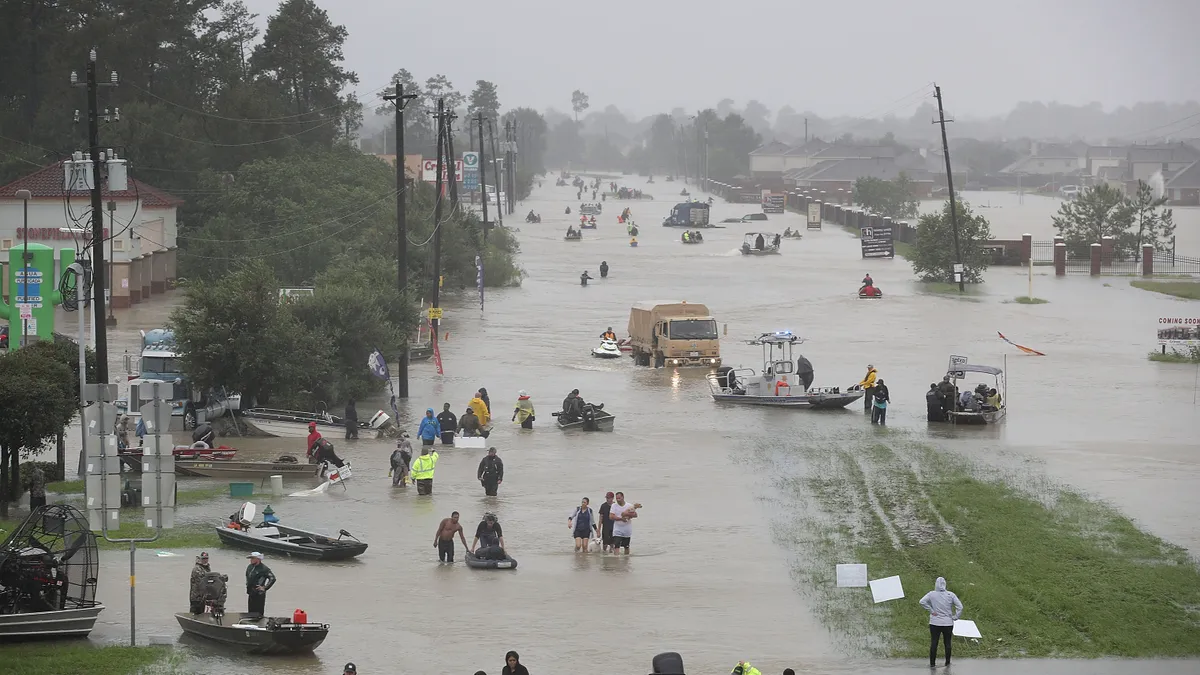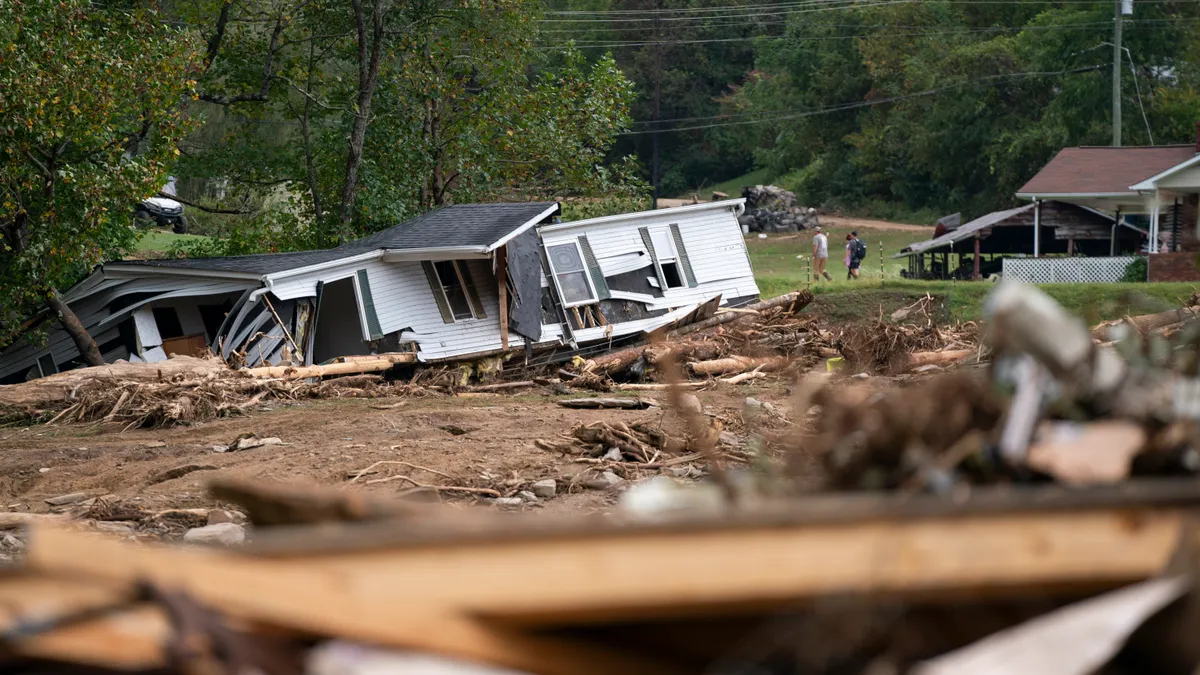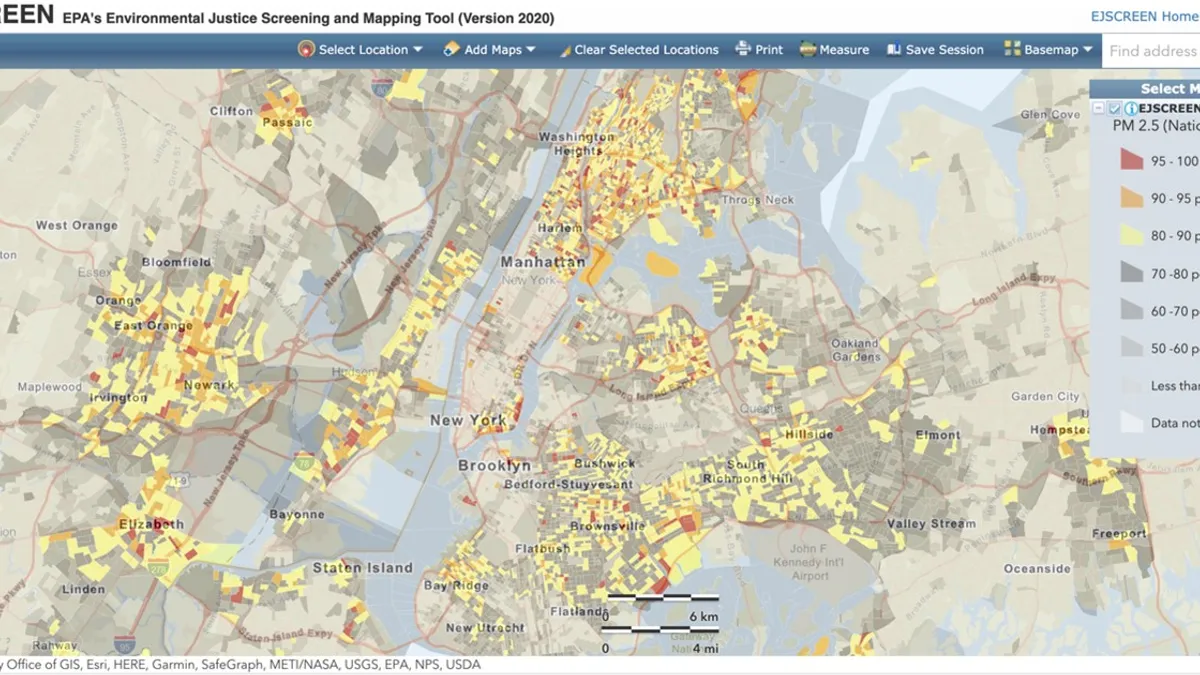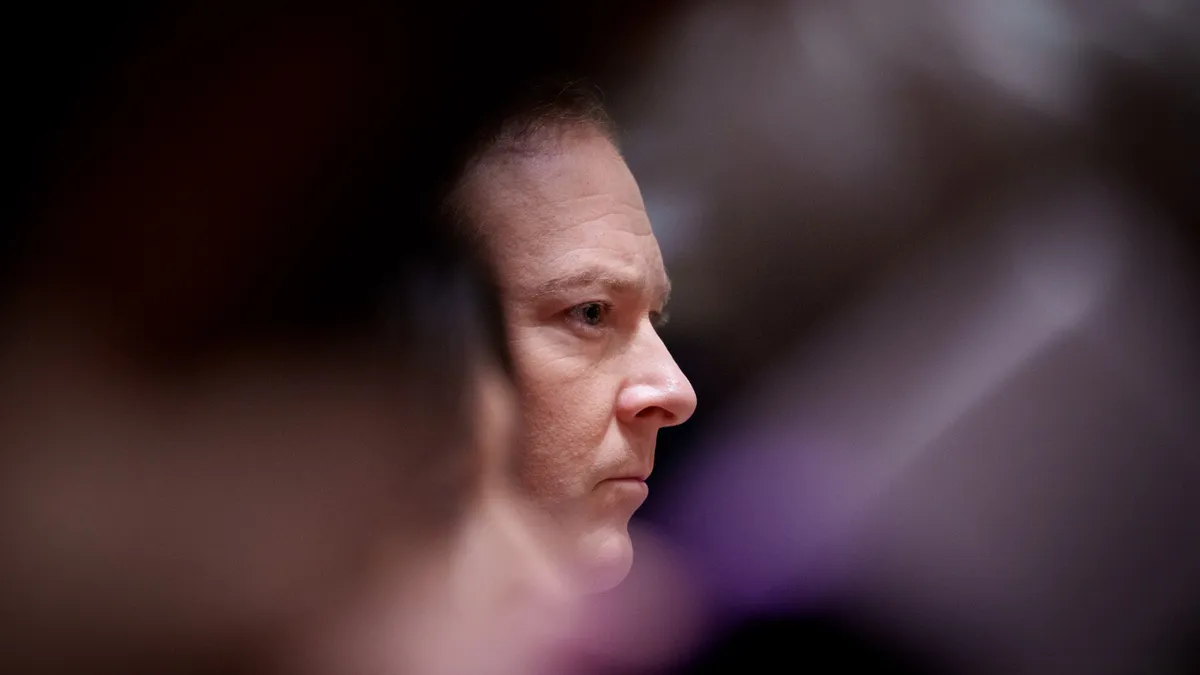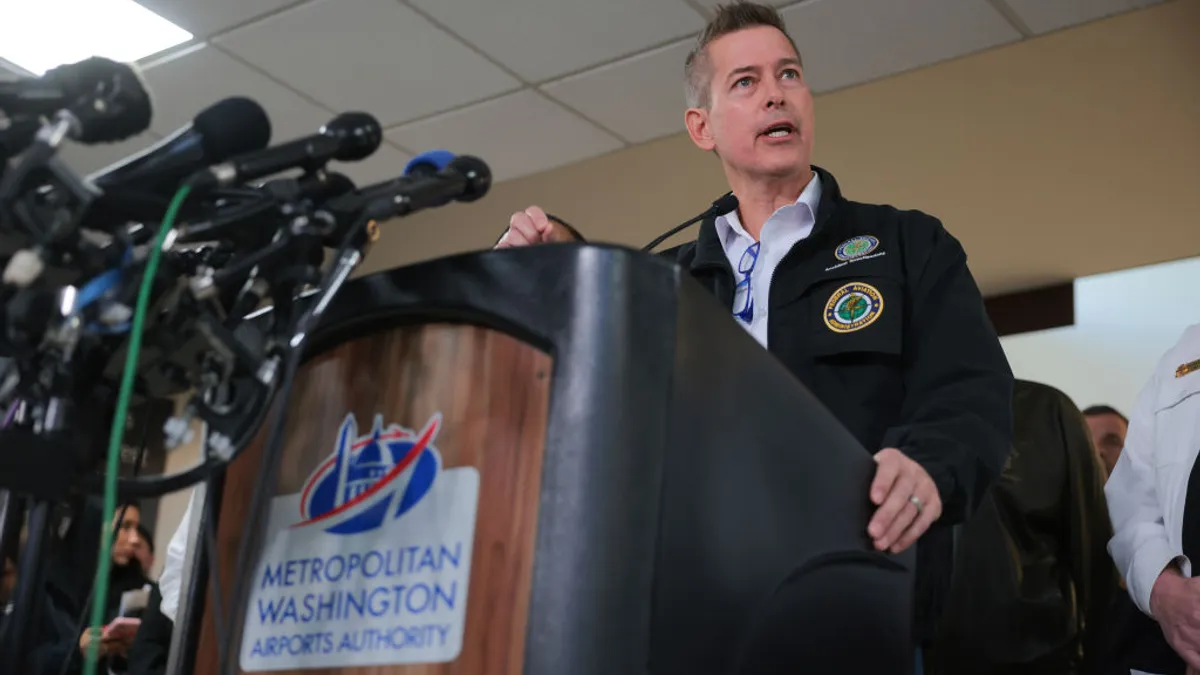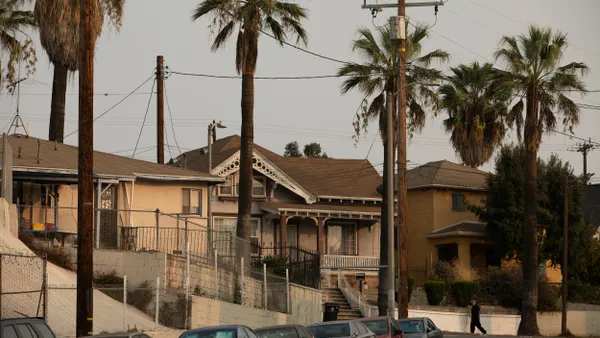Houston is looking to some of its youngest residents to help build the city’s climate resilience. This month, it launched an emergency preparedness educational campaign geared toward 13- to 18-year-olds.
“In the last eight years, the City of Houston has faced seven federally declared disasters,” Mayor Sylvester Turner said in a statement. “With storms coming at greater intensity and frequency, we must make sure our communities are resilient and that includes preparing the young people residing in our city.”
The educational campaign — which also aims to prepare youth for non-natural disaster emergencies such as school shootings and mental health crises — rolled out just days before Houston was this month named the nation’s first UNICEF-designated child-friendly city.
The campaign poses an opportunity to reach not only children, but also some of Houston’s most underserved communities, said Olivera Jankovska, director of the Mayor’s Office of Education and Youth Engagement. That’s because children are a connection point to non-English speakers, immigrants, low-income communities and opportunity youth (young people who are not in school or working), she said.
“There's a lot of people who don't speak English. So guess who is translating? It’s that kid in the family,” Jankovska said. “Guess who is self-supporting where to search for resources? It’s a kid in the family.”
The educational campaign’s foundation is infographics designed by youth and vetted by experts. Information will be distributed in schools, community centers, after-school programs and on social media. The material is dedicated to topics such as staying safe in the heat, emergency phone numbers and how to create a family emergency plan. An infographic about preparing for a flood advises youth to “have your parents install check valves in your home to make sure that no sewage water backs up into the drains.”
Jankovska said her team is also brainstorming ways for youth to get practical training in emergency preparedness. “That's our next step,” she said. “While I don't have the answers for exactly how that will occur right now, I can tell you that we will listen to what suggestions [the youth] have.”
The program is geared toward 13- to 18-year-olds because they are capable of processing the material. “Younger than 13 is still a little too young to be exposed to such harsh information," Jankovska said. Plus, when Hurricane Harvey tore through Houston in 2017, 13- to 18-year-olds played an important role in supporting the community, by going door-to-door to provide information and getting boats ready, she said.
Why focus on emergency preparedness? Houston identified the issue as one of its youth’s top three needs through a situational analysis on the state of children’s rights in the city. The analysis, which also identified mental health and resource adequacy and availability as top needs, is based on data coupled with community assessments and intergenerational workshops, Jankovska said.
Jankovska, a statistician and economist by training, takes pride in the fact that her office’s work is data-informed. But she is adamant that to be effective, solutions must be rooted in people’s lived experiences. For example, she explained that a survey of thousands of young people revealed that many were experiencing mental health issues. Many government officials would jump to the conclusion that this means more funding is needed for psychologists and psychiatrists, Jankovska said, but community engagement yielded a much different solution.
“We discovered that young people actually did not want doctors. What they want is an unbiased, neutral guide to understand whether, first of all, the feelings they feel are really mental health related or is it just the blues,” she said. “They need the general advice and resources available in the community.”
Doctors and medical resources ranked as young people’s last choice to address mental health issues, Jankovska said, with some children saying it was taboo and they didn’t want to disclose that information to their parents or counselors.
“That's the disconnection that I'm talking about,” she said. “Data can be great. … But you can also understand that there are solutions that are not what the data indicates.”



